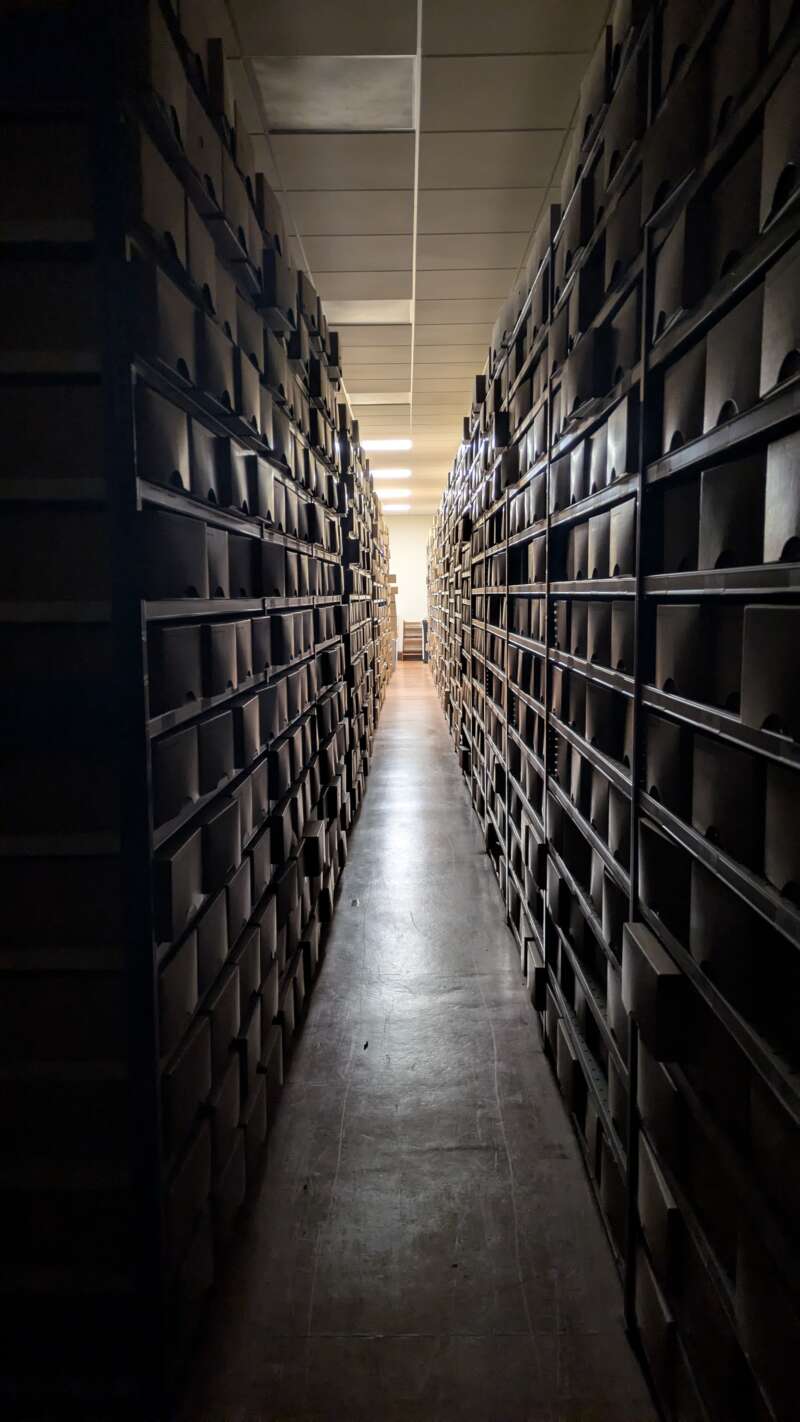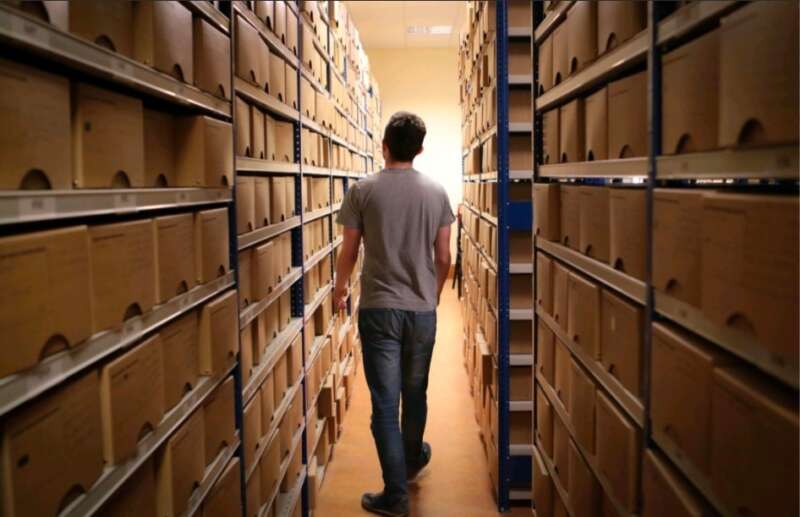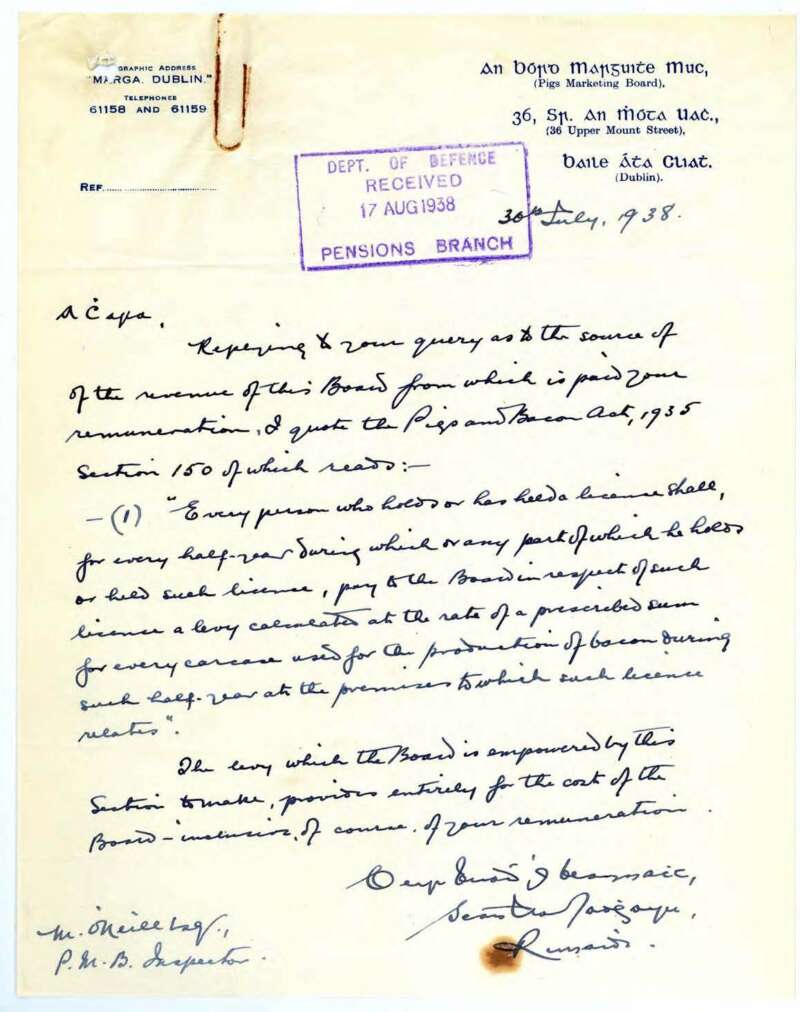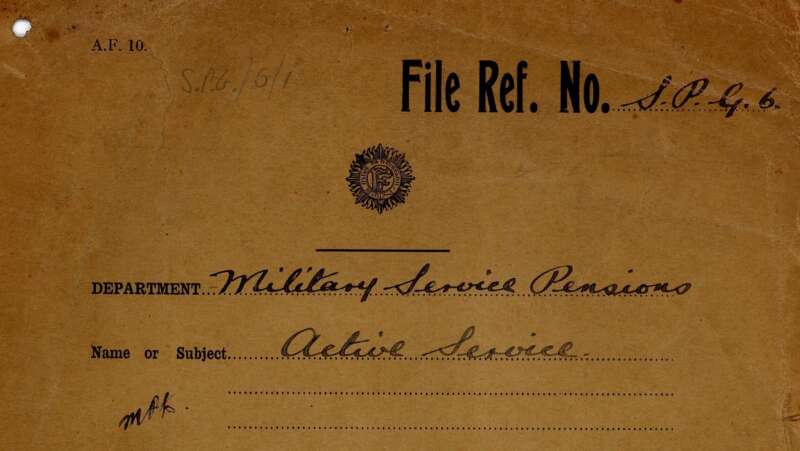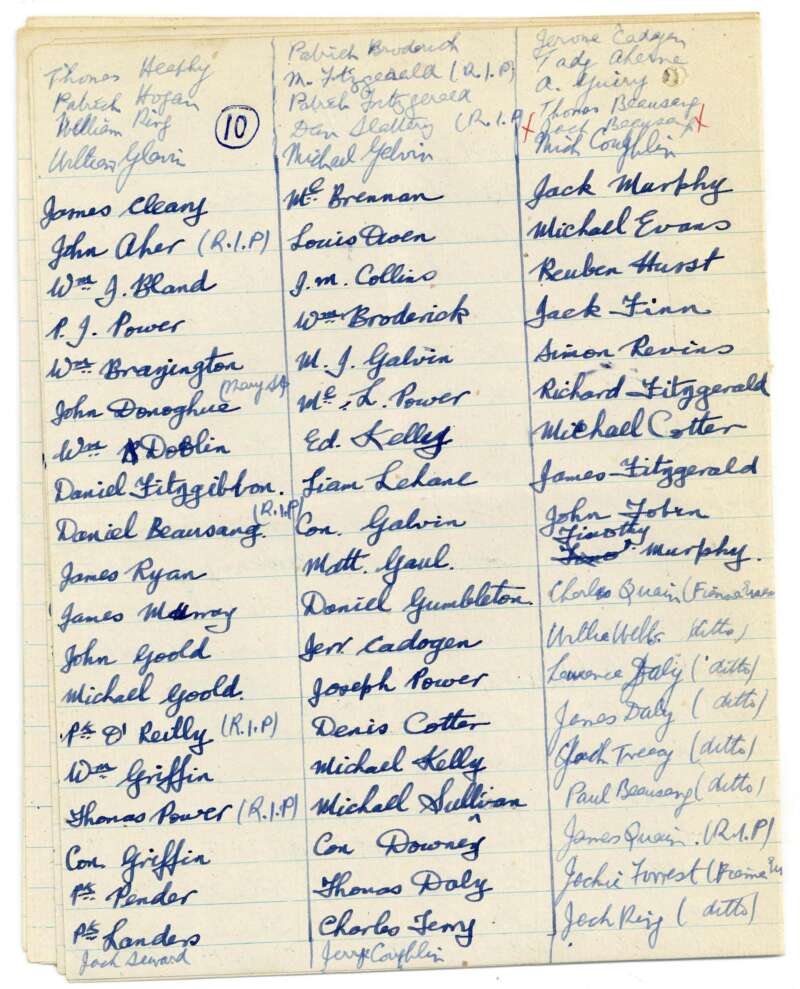Preservation
Preservation lies at the heart of the Project’s core mission, ensuring the long-term survival, accessibility, and integrity of this invaluable body of material. Each file in the Military Service Pensions Archive (MSPA) is treated as a unique archival item, handled with meticulous care to stabilise and protect it for future generations.
Preservation work begins at the individual file level. All materials are carefully assessed and treated to prevent further deterioration. Metal fasteners, staples, or other bindings that may damage paper over time are removed. Documents are gently surface-cleaned, tears are repaired using archival-grade materials, and pages are flattened to facilitate safe handling and digitisation.
Given the fragile and complex nature of the collection, digitisation is carried out entirely on-site and by hand. This manual process ensures the highest standards of care and control during scanning, safeguarding the physical integrity of the original documents.
After treatment and digitisation, files are individually refoldered and housed in custom-made, acid-free and lignin-free archival folders and boxes. This rehousing process is essential for protecting the material from environmental damage and chemical degradation over time.
While digitisation significantly enhances accessibility, it is preservation and detailed cataloguing that form the foundation for sustained, long-term access. Preservation protects the physical material; cataloguing provides the intellectual structure to locate and interpret them. Together, these functions ensure that the MSPC remains a durable and accessible resource for historians, researchers, and the wider public, now and into the future.
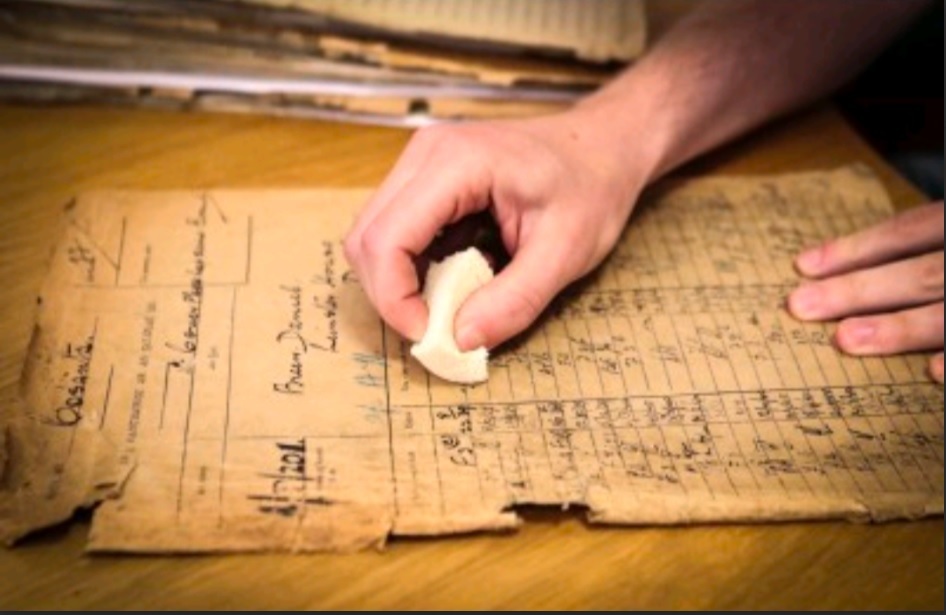
Cataloguing Approach
Because the Military Service Pensions files were created through formal legislative processes, their original arrangement into series has been preserved. This decision reflects the administrative and legal structures that produced the records and avoids reclassification or renumbering. By maintaining the original reference codes, the team protects the files’ archival integrity, highlighting the bureaucratic journey of each one and ensuring transparency for researchers.
Cataloguing has been carried out using a specialised collection management system in line with international archival standards, specifically ISAD(G) (General International Standard Archival Description). This technical approach is complemented by traditional descriptive methods, resulting in "thick descriptions": rich, layered narratives that support in-depth engagement with the collection and enable efficient digital retrieval.
From the outset, the project adopted a descriptive approach built around three core categories: People, Places, and Purpose. This methodology was designed not only to identify individuals but also to contextualise them within familial, geographic, and socio-political networks. The description tells people’s names and stories.
This cataloguing strategy forms the backbone of the project, supporting a powerful and nuanced digital search capability. Unlike databases limited to names, the MSPC system enables complex, multi-variable searches that allow users to explore interconnections, trace networks (such as family relationships, organisational affiliations, and references from public representatives), and examine the post-conflict lives of claimants.
In addition, the cataloguing process records personal movements, places of residence and employment, and key interactions. These are critical elements for understanding the wider historical context. Each file provides a unique fragment of the claimant’s relationship with the state, offering rare and valuable insights into the way veterans of the revolutionary period engaged with official structures to assert their entitlements.


